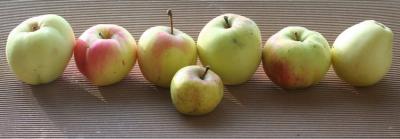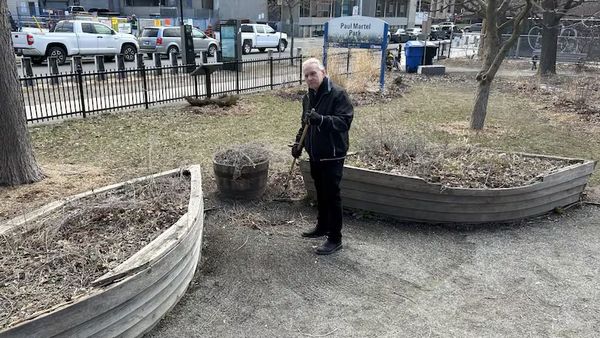Synonyms for fall in Estonia are: õunad (apples), seened (mushrooms) and hoidised (preserves). The latter derives from the word hoidma = to keep. Even if you don't have a yard or cottage of your own, someone you know does and will be more than happy to lessen their (over)load of apples on you! The names of many Estonian apples cultivars (talvenauding -- winter pleasure, martsipan) are as romantic and nostalgic as the old apple trees which used to grow in everyone's yards all over Estonia, including almost every city backyard. There is definitely no shortage of apples in Estonia, but yards in new subdivisions are not quite the entangled Secret Gardens of old, full of gnarled lilac and fruit trees and many an old tree has had to make way for inner-city backyard parking. Still, it was refreshing to read that "unlike many kids in Finland, who have no idea that apples grow on trees...", many Estonian parents are planting that one token õunapuu, so their little ones realize "real" apples might be a bit spotty, but at least they haven't been sitting preserved in a gaseous environment for four years!
I learned quite a lot by speaking to apple vendor Juhan at the Keskturg (Central Market). Namely that there are summer, fall and winter apples (suveõun, sügisõun, talveõun), named according to when they are ready for picking and also how long they will keep. I was looking for legendary valge klaar ("white clear") and martsipan and was told those are summer apples -- come back next August. Oops! A good talveõun will be yummy into the new year, in fact most apples ripen slowly after picking and are yummiest after their sojourn in the root cellar. Who knew? (I'm new at this, which makes me definitely in the minority here.) Unblemished apples are stored in layers in a box, with sheets of newspaper between each layer (or lots of sawdust in a wooden crate). It's imperative that the apples not be touching one another and keep the kartulid (potatoes) at bay, for they speed up the spoiling process. The temperature should not rise above 5 or 6 degrees C.
But what about the beauties in the line-up? Antonovka, as the name implies, was cultivated in the Russian Empire of old and was a popular winter-hearty variety throughout the former Soviet Union. It is generally considered a cooking and juice apple, too tart to eat. Põltsamaa winter apples hail from Põltsamaa, featuring the oldest producer of local fruit and berry wines, since 1920. Estonians' favourite eating or dessert apple, lauaõun ("table apple" in Estonian), according to my informal survey and googleing is the Liivi kuldrenett, known simply as kuldrenett, which can trace its roots back to the old German Goldreinette. All the other varieties shown here were born and bred in Estonia, including the foreign sounding Treboux sämling, Trebuu seemik (seedling) or simply Trebuu or lambanina (lamb's nose) to locals. It was cultivated by French teacher Jules Treboux in Pärnu around 1880. The original tree is known to have grown at Aia tänav 21. (I wonder if there's a parking lot there now?) Koit is a man's name (meaning dawn) and Tiina you know. Missing from the line-up is the very cutely named Kikitriinu and the stately dame of a plum Emma Leppermann.
As for my continuing pomological education, we are now 10 litres of Saaremaa apple juice and 3 plastic bags full of island lambaninad richer, thanks to the inlaws. We don't have a root cellar or balcony, much less a yard, so I'm duly concerned about the fate of my easily bruised Lambikins. Perhaps I'll try my hand at a pie. Must google õunakook...
(This article appeared in the Oct. 17 issue of Eesti Elu's English language section.)
Advertisement / Reklaam
Advertisement / Reklaam



















